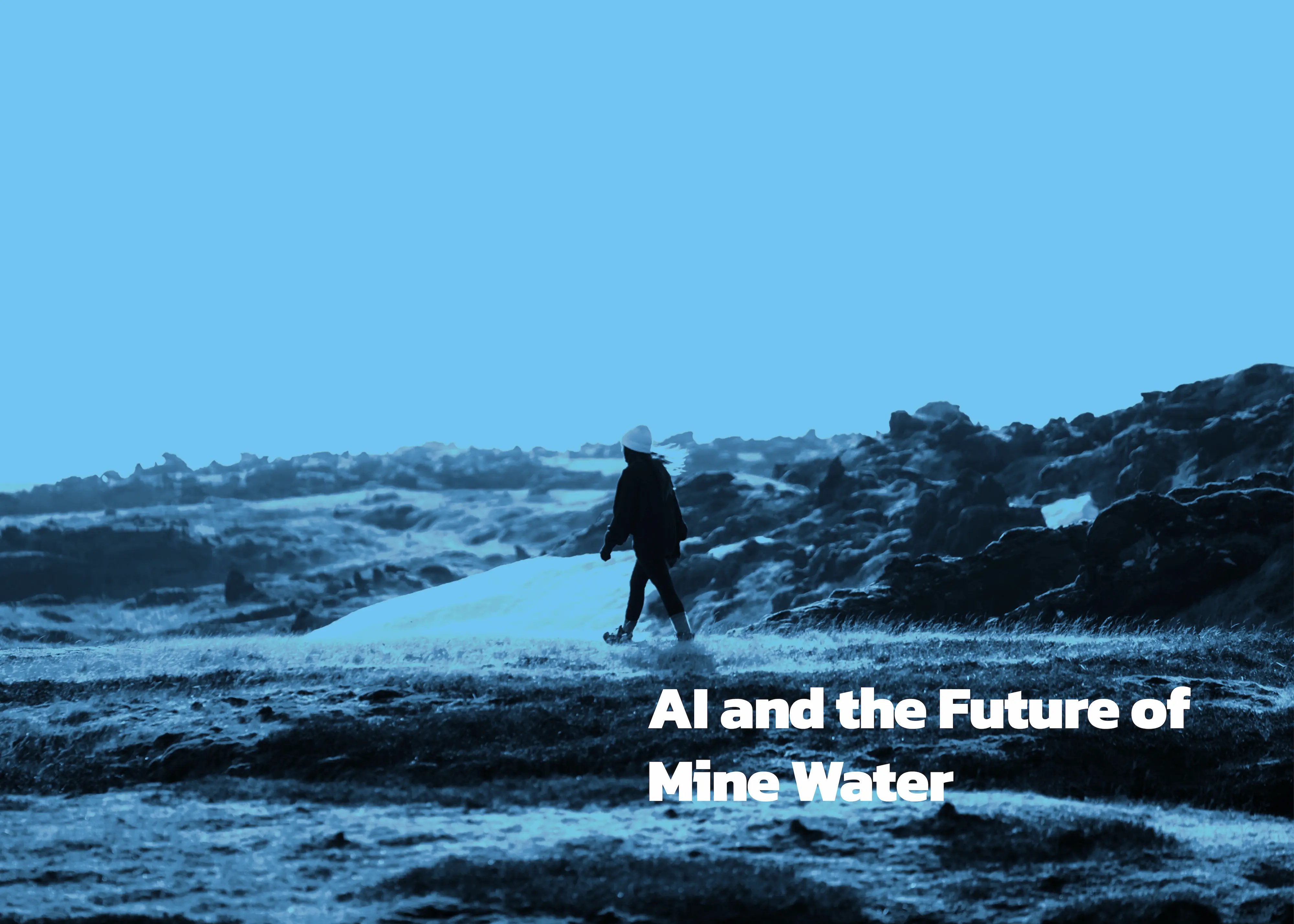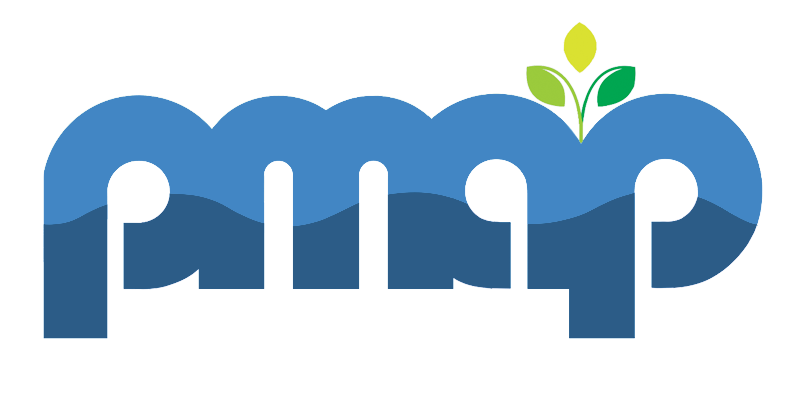For decades, mine water programs were built to pass audits: neutralize contaminants, meet discharge limits, avoid fines. Necessary, yes—but rarely strategic. That’s changing. AI is moving water management beyond a defensive posture toward measurably better performance: lower freshwater intake, fewer upsets, smarter energy use, and, in some cases, recovery of valuable metals. The shift is practical as much as it is philosophical: treat water not only as a liability to control, but as a resource to manage.
From “Permit-first” to Value-led Water Management
Compliance remains non-negotiable. What’s new is the expectation—from boards, lenders, communities, and regulators—that mines show continuous improvement on water and ESG outcomes. That means designing systems that:
- reuse water within the circuit to reduce withdrawals,
- prevent pollution rather than remediate after the fact,
- recover value where chemistry allows, and
- cut energy and reagent intensity without compromising quality.
AI is the enabling layer for that ambition: it turns infrequent measurements and rule-of-thumb dosing into continuous, data-driven control.
Why The Old Model Struggles
Many plants still rely on periodic sampling and operator adjustments. When water chemistry moves quickly—storm events, ore changes, process upsets—lagging data makes for lagging action. Fixed setpoints often lead to overtreatment (wasting chemicals and energy) or undertreatment (compliance risk). Data, when it exists, can be scattered across isolated systems, limiting predictability and learning. And once water meets discharge criteria, it’s commonly released—sacrificing opportunities to reuse water or capture dissolved metals.
The result is a “treat and dispose” mindset aimed at minimum cost today, not optimized performance over the life of mine.
What AI Changes in Practice
Real-time visibility and prediction. Networks of field sensors now feed continuous pH, turbidity, metals proxies, flows, and levels into models that track trends, spot anomalies, and forecast conditions. Early warnings—“this parameter is drifting toward the limit,” “pond level will exceed threshold in five days if inflows continue”—give teams time to act before an exceedance or overflow.
Closed-loop control. Rather than running thickeners, filters, and neutralization tanks on static settings, AI adjusts dosing and equipment duty to match actual, changing chemistry. Plants hit their targets with tighter variance and less input. Operators shift from firefighting to supervision.
Energy and reagent optimization. When influent quality is favorable, systems can safely idle or ramp down. When a surge hits, capacity comes online only as needed. Over a year, these micro-adjustments add up—to lower power bills, fewer trucked reagents, less sludge to handle.
System-level thinking. The greatest gains come when AI looks across the whole water circuit: balancing storage, reclaim, discharge timing, and process demands rather than optimizing one unit operation in isolation.
Recycling and Recovery Become Practical
AI makes high rates of water reuse more attainable by continuously steering quality to what specific processes need. In arid regions or constrained basins, that reduction in freshwater withdrawals is often the most important ESG lever a mine has.
On certain sites, “wastewater” also carries residual value. With the right chemistry, selective precipitation or electrochemical steps can recover trace metals from acid drainage or process water. AI helps hit the conditions that favor recovery while still meeting discharge or reuse targets. It’s not a universal opportunity, but where viable it turns part of the water budget from pure cost into cost offset.
Field Example: AI-guided In-situ Treatment
One approach that illustrates the trend replaces large, centralized plants with intelligent, in-situ control. Instead of pumping water to a fixed facility, unmanned dosing vessels or fixed platforms operate directly on the pond. Sensors track conditions across the water body; algorithms treat each zone as a “reactor,” adjusting where and when to dose.
Handled well, this reduces capital intensity and footprint, avoids long transfer lines, and maintains stable quality for reuse or discharge. In documented cases, smart thickener and pond control has averted process upsets and avoided unnecessary shutdowns—saving tens of thousands of cubic meters of water in single events—while also cutting reagent waste. The point isn’t that one architecture suits every site; it’s that AI broadens the toolkit and allows designs matched to context rather than defaulting to one-size-fits-all plants.
What Operators Actually Gain
Stronger compliance assurance. Continuous monitoring and predictive alerts reduce the risk of unseen drift between grab samples. Plants move from “prove it after the fact with lab results” to “maintain it in real time,” which builds confidence with regulators and communities alike.
Lower operating intensity. Smarter dosing and on-demand equipment use cut chemical consumption, sludge volumes, and energy. In some deployments, overall water consumption has dropped materially via improved reclaim and reuse. The balance sheet notices.
Lower risk. Models flag patterns associated with treatment upsets or pond stability concerns early, prompting maintenance or operational changes before small issues turn into reportable incidents.
Better decisions. Modern platforms present clear dashboards and explanations, not black-box outputs. Environmental teams see the “why,” not just the “what,” and can fold those insights into weekly planning, storm preparation, and capital studies.
Getting Past The Hype
AI is not a silver bullet. Sensors foul, baselines shift with ore and climate, and models demand validation. The best programs pair domain expertise with data science, harden the instrumentation (cleaning, calibration, redundancy), and start with clear operating questions: What problems are we solving? What decisions will this inform? What outcomes—compliance stability, water reuse, reagent per cubic meter—will we track?
Pilots should be scoped with disciplined metrics and timeframes, then scaled where results are repeatable. And not every promising recovery pathway pencils out; metal prices, handling logistics, and downstream refining matter. A sober business case beats glossy promises.
The Bottom Line
AI is pushing mine water management from a defensive exercise to an operational advantage. With real-time data and adaptive control, mines can reduce withdrawals, stabilize quality, cut energy and chemicals, and, where conditions allow, recover value—while strengthening compliance. That’s good engineering and good governance.
The destination isn’t a buzzword-laden “smart mine.” It’s a site where water is managed with the same rigor applied to core processing: measured, modeled, and continuously improved. Early movers are already showing what that looks like. For everyone else, the path forward is straightforward: instrument the circuit, define the decisions, pilot the control, measure the outcomes, and scale what proves out.
Treat water as a strategic asset, not just a permit obligation. AI simply gives you better tools to do it.

